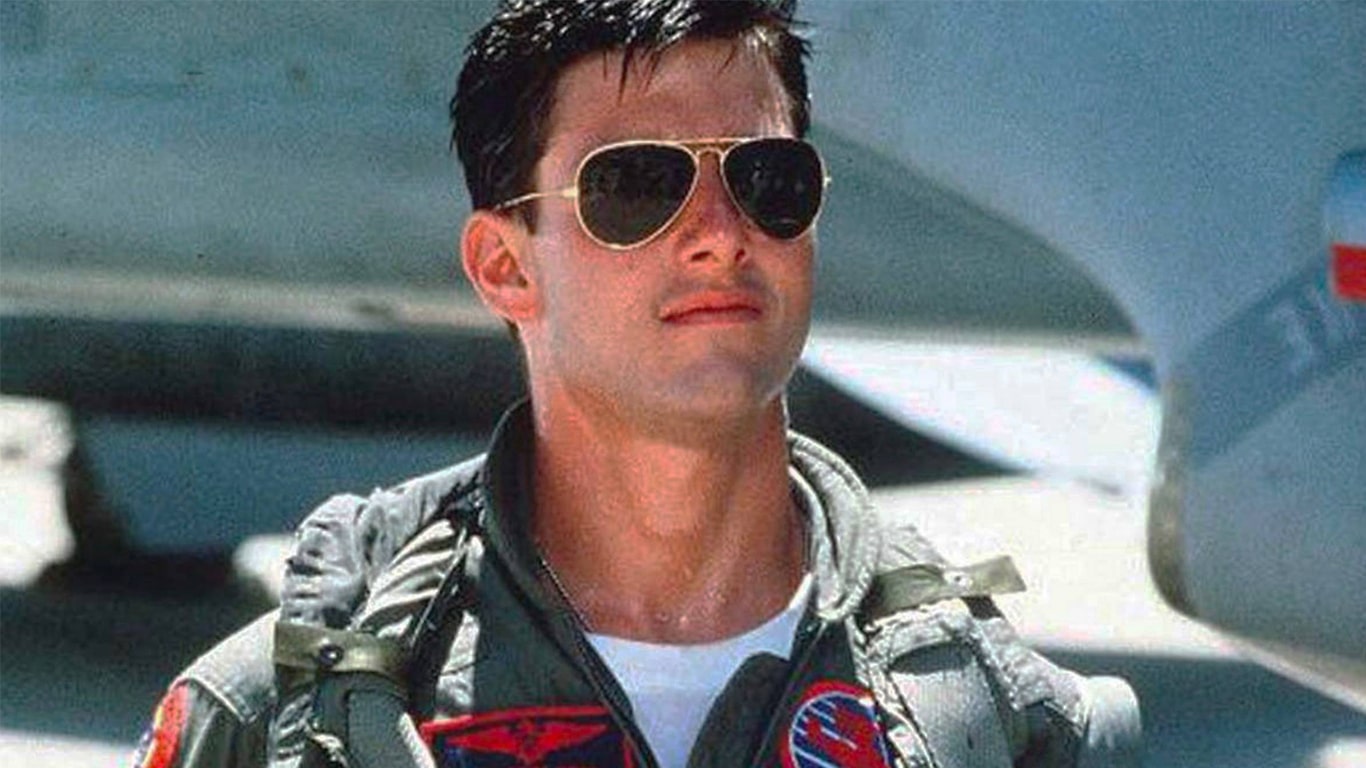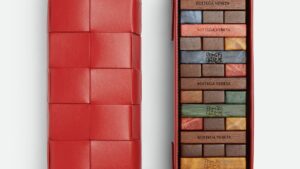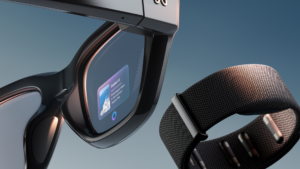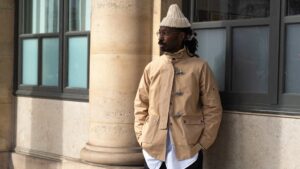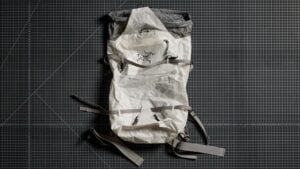The iconic aviator sunglasses are a fixture in the world of men’s fashion. But how exactly did it get there? From the cockpits of WWII fighter planes to the big screen, here’s how they stormed into pop-cultural prominence.
Blinded at 33,000 feet
Prior to 1936, it was common practice for pilots to utilise goggles. This wouldn’t have been an issue had it not been for two key functional issues:
- Insufficient tint against the sun rays.
- Sealed off and pressed against the face, there was a tendency to fog (meaning you’d have to take them off to clear for use).
Obviously, this wasn’t something you’d want to think about, let alone deal with practically when manoeuvring the skies at God knows what speeds.

The functional issues were something that one John Macready actually witnessed firsthand when his close friend, Shorty Schroeder, took a biplane up towards the stratosphere with blurry vision, descending with swollen eyelids. After Macready attempted the same feat, he came to realise just how overwhelming the sunlight was in the upper atmosphere. Something clearly had to be done.
At this point in time, Macready began working with Bausch & Lomb to design eyewear specifically for pilots. According to Macready’s own daughter, he provided them with the original shape, tint, and fit for what we now know as aviators. All of which were the makings of something truly special.
The world meets Ray-Bans

In the mid to late 30s, Bausch & Lomb would trademark these sunglasses as Ray-Bans. As it would so happen, this would also be the first popularised style of sunglasses to be developed.
The distinct and effective design made it a hit. So much so that it became a luxury staple of the wealthy who spent time outdoors. Golfing, fishing, hunting, you name it. Never before in the eyewear game did style meet utility to form quite the marriage.
Naturally, when the Second World War broke out, it only became even more prolific and widespread in use. Ray-Bans and aviator sunglasses would soon become standard issue for certain members of the military. And it would only take off from there…
On the sandy shores of the Philippines with General Douglas MacArthur
The year was 1944. WWII has reached its peak as a conflict. General Douglas MacArthur lands on the sandy shores of the Philippines. What did the world see perched above the bridge of his nose in full view? A pair of US military issued aviator sunglasses, of course.
The image of MacArthur touring the field with aviators was snapped by photojournalists, circulated around the world to all who were eagerly keeping track of the war efforts back home, and has since been immortalised in history. Definitely not a bad thing when you’re in fashion.
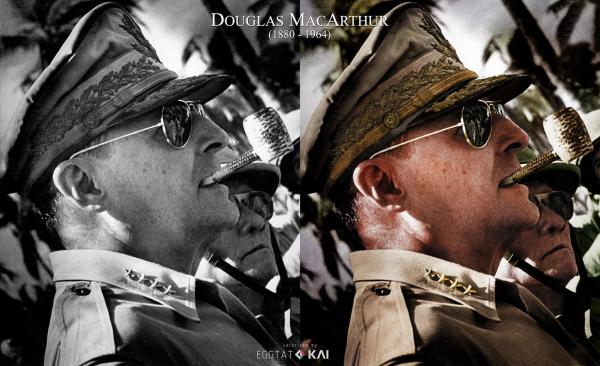
Aviators, however, didn’t explode into the next-level phenomenon we know and love today until after the war.
Marlon Brando, David Bowie, & ‘Top Gun’
As Vanessa Brown writes,
“The war was a revelation of the sheer might, scale, power, and horror of the modern world… [giving] rise to new definitions of the heroic stand which was to have a profound influence on modern fashion.”
Pop culture took the aviators after the 1950s and ran with them. If aviator glasses weren’t synonymous with masculinity before, they certainly were now. Though it wasn’t so much about being associated with masculinity in general as it was being associated with different shades of post-war masculinity.
Tough guys. Hippie pacifists. Military men. Coked-up rockstars. Every possible variation of guy you could think of would – in all likelihood – have little to no objections when it came to donning a pair of Ray-Bans. Because now, they epitomised “cool” and “lifestyle”.
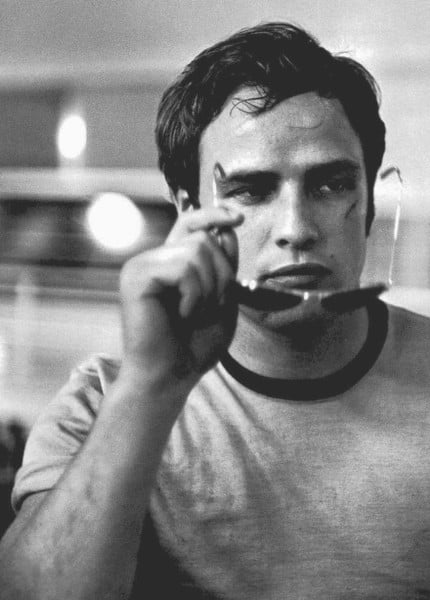
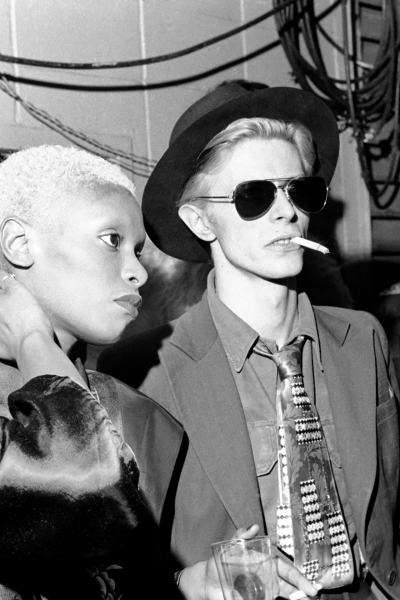
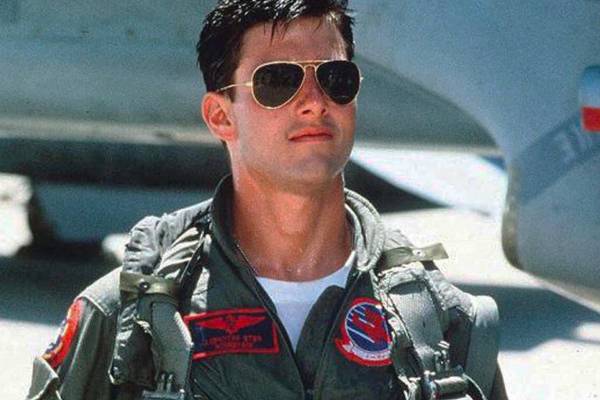
Pop culture only reflected the mainstream adoration with aviator sunglasses. Marlon Brando had ’em popping. David Bowie smouldered behind a pair. And then there’s the matter of Tom Cruise portraying one of the greatest cinematic protagonists in history, Maverick – in one of the greatest cinematics works in history, no less.
Incidentally, Top Gun not only served as a vehicle for promoting the US military… but also promoted aviator fashion. Funny how both have essentially existed hand in hand since day one.
RELATED: 10 Sunglasses That’ll Stand Out From The Crowd This Summer
